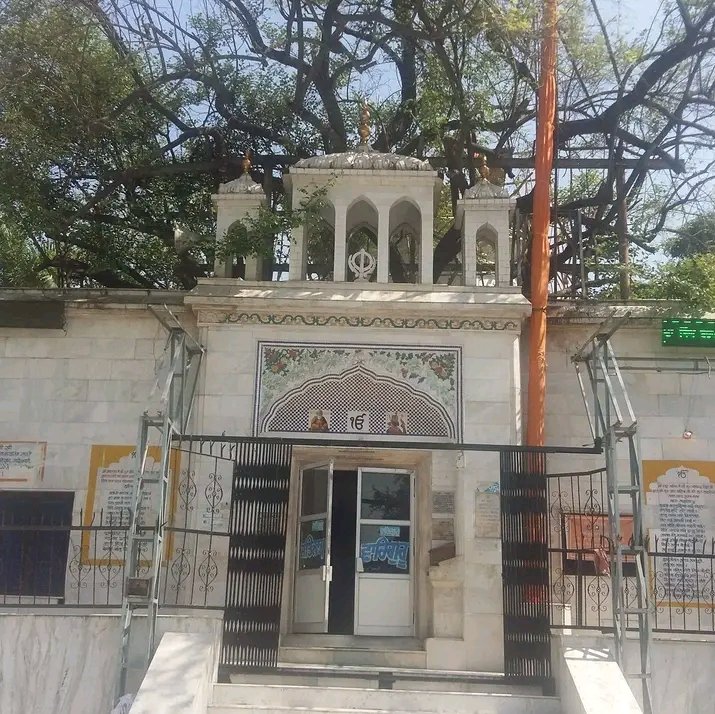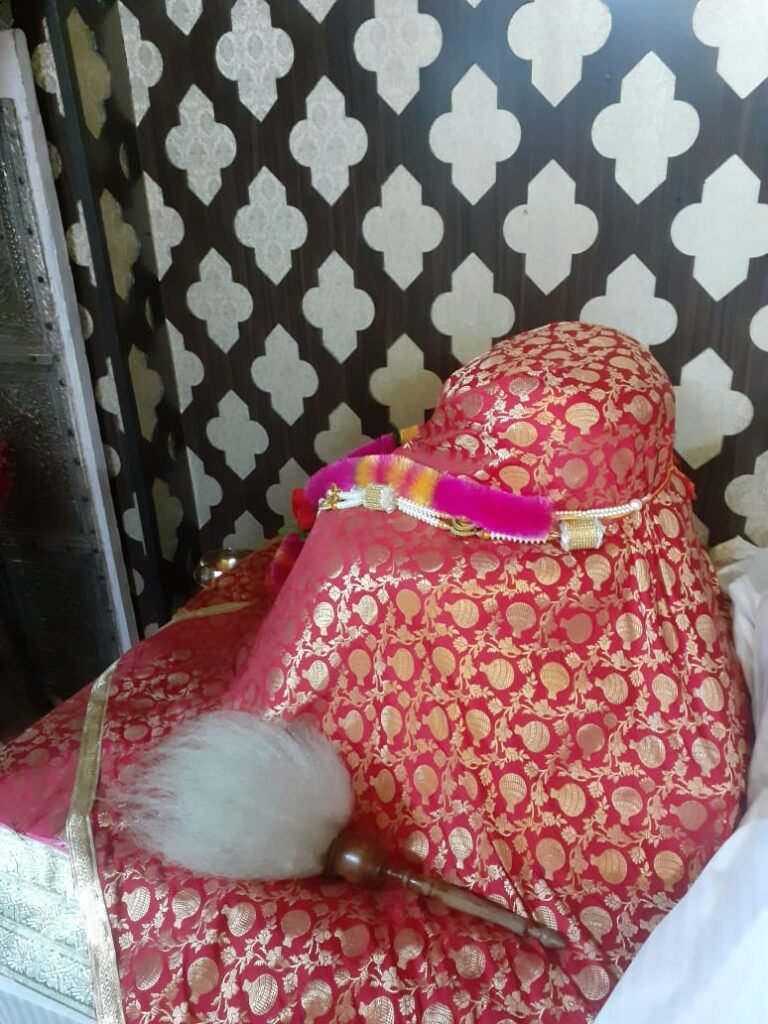
It was on June 9, 1716, that Banda Singh Bahadur was killed in Delhi by Mughal forces that had captured him in December 1715 at Gurdas Nangal. It was after a long eight months siege that the Mughal forces overran the fort in which Banda was holding against them. Since June 1716, for the last over 308 years, Banda Singh Bairagi’s ashes have been lying in Dera Baba Banda gurudwara.
Very few people know that his ashes are still being kept in an urn in that gurudwara not very far away from Katra, the base camp of Shri Mata Vaishno Devi. After being cremated on the bank of the Yamuna in Delhi, Banda’s brother-in-law took the ashes to Reasi so that his sister Sahib Kaur could pay her respects to them. It so happened that those ashes were never taken to Hardwar or Kiratpur Saheb as is the custom among most Sikh families.

The Bandei Sikhs follow Bairagi traditions even though Banda Singh Bahadur took up arms at Nanded in Maharashtra when he was urged to do so by the 10th Sikh Guru Shri Guru Govind Singh.
According to historical accounts, Banda was leading the life of a recluse (sanyasi) and had given up the use of weapons many years earlier when, in September 1708 he met the tenth Guru. In fact, Banda was known as Lakshman Dass, Bairagi Madho Das, Bir Banda Bairagi and Banda Singh Bahadur. He was born into a Rajput family of the Bharadwaj Gotra in Rajouri on October 27, 1670.
When he was barely 15, he left home to become an ascetic (bairagi) and wandered the country. Legend has it that a young Lakshman Dev was on a hunting expedition when he shot an arrow at a deer. The deer was pregnant and the kill disturbed the young lad so much that he vowed to give up arms and violence altogether.
Banda had been living at Nanded for some years when the tenth Guru met him. At the age of 38, Guru Gobind Singh asked Banda to give up the role of a bairagi (ascetic) and pick up arms again to defend the Hindus and Sikhs who were facing persecution at the hands of the Mughals in Punjab. Guru Govind Singh gave him a sword, five arrows, a nagara (drum), some companions and ahukumnama. Guruji asked Banda to move to Punjab, told him that all Sikhs would gather around him and help him in organising a fauj (army).
The tenth Guru had ordered Banda to avenge the killings of his sons who were bricked alive into a wall at Sirhind by Vazir Khan. One of the most widely known feats of Banda is his conquest and near destruction of Sirhind, a stronghold of the Mughal empire. The first military cantonment that Banda established was situated at a place called Khanda near Sonepat where Nirmohi akhada Sant Kishore Dass lived.
Between September 1708 and November 1709, Banda’s military strength had grown so much that he attacked a Mughal treasury and looted it. This gave him the resources necessary for maintaining an army and training soldiers. In the next few years, Banda grew from strength to strength, wiping out many Mughal satraps in parts of Punjab. By 1713, in about five years, Banda Singh Bahadur had accomplished most of the tasks Guruji had entrusted to him. He then retired to the life of a recluse again near the left bank of the Chenab river.
He set up an ashram called Dera Baba Banda and used to practice meditation even as people flocked to him due to his spiritual and military powers. He lived here for almost two years, until the persecution of Hindus and Sikhs by Mughals forced him to take up arms once again. Banda Singh Bahadur’s last stand against the vast army of Mughal Emperor Farukhsiyar was at Gurudas Nangal.
Three extraordinary poets of Bharat have written in different languages about the bravery of Banda Singh Bahadur. These poets are Rabindranath Tagore who wrote in Bengali, Veer Sawarkar in Marathi and Sharan Gupt in Maithili. They have been effusive in their praise of Banda Singh Bairagi but history has perhaps been less than kind to Banda. This is mainly due to the treacherous machinations of the Mughals who spread the word that Banda had refused to obey the tenth Sikh Guru Govind Singh’s wife Mata Sundari.
Incidentally, Mata Sunarai holds a special place in Sikhism for the important role she played in leading the Sikhs after the ascension of Guru Govind Singh. A memorial in her honour stands in the compound of Gurdwara Bala Sahib, New Delhi. The rumour that Banda Singh Bahadur was not willing to obey Mata Sundari led thousands of Sikh soldiers to leave Banda. This weakened him considerably and by some accounts Banda was expelled from Sikhism by Mata Sundari.
Ganda Singh, whose writings about Banda Singh Bahadur are considered the most authentic by most Sikh historians, refutes the claims of Banda’s expulsion. Whatever the truth may be, it remains that Banda was the first leader who said that the farmers who tilled the lands were its owners. In the territories he controlled for some years there were no zamindaris.
Banda Bahadur contributed the most to the decline of Mughal power in Punjab as he weakened the empire militarily and economically. Perhaps one day, his contributions to the history of his age will be reassessed and acknowledged in full measure.






Add comment